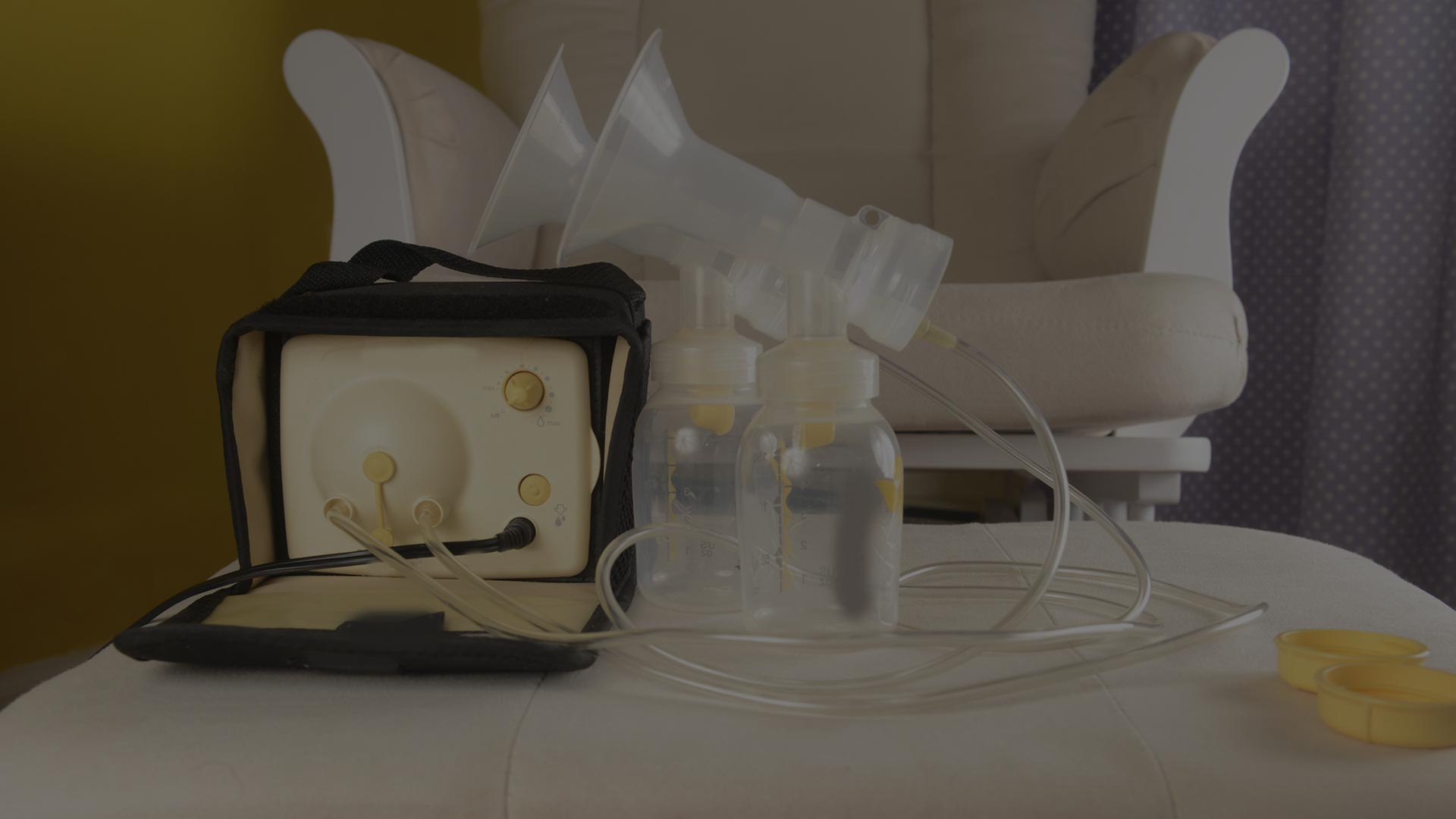The Meticulous Process Behind Adam DME’s Medical Innovations
When it comes to innovative healthcare solutions, Adam DME stands as a beacon of excellence. Whether it’s Adam DME nebulizers or other groundbreaking medical products, the development process is one marked by precision, expertise, and a relentless pursuit of quality. Spearheaded by visionaries like Tahir Afzal (CEO of Adam DME), the company continues to push the boundaries of what’s possible in the medical device industry. But how does a company bring an idea from the drawing board to the healthcare market? Let’s dive into an insider’s look at the meticulous process.
Step 1: The Spark of Innovation in Adam DME Medical Products
Every great product begins with a problem that needs solving. At Adam DME, new ideas often originate from listening closely to healthcare professionals, patients, and industry trends. When developing a product, be it a state-of-the-art nebulizer or other durable medical equipment, the team is laser-focused on meeting the needs of end users.
Once an idea is sparked, it goes through rigorous vetting. Market analysis, competitor reviews, and potential user feedback are gathered to ensure the idea is viable and worth pursuing. But the journey has only just begun.
Step 2: Research and Development
After the concept is solidified, it’s handed over to the R&D team. Here, engineers and medical professionals work hand in hand to transform the initial idea into a tangible product. At this stage, innovation is balanced with practicality, ensuring that products meet stringent healthcare standards while pushing technological boundaries.
One of the highlights of the research process is its collaborative approach. Engineers, designers, and medical experts continually exchange feedback. The development of Adam DME medical products is not just about building a piece of equipment but creating something that genuinely makes a difference in patient outcomes.
Consider the development of Adam DME nebulizers. When creating a new nebulizer, the R&D team doesn’t just look at what already exists. They investigate new materials, cutting-edge technologies, and ergonomic designs that can improve comfort, efficiency, and durability. Every detail, from the airflow rate to how the device feels in the user’s hand, is meticulously tested and refined.
Step 3: The Prototyping Process Behind Adam Medical Equipment
Once the R&D team has laid the groundwork, it’s time for the magic to happen: prototyping. This is where ideas begin to take physical form. Multiple iterations of a product are created, each one improving on the last based on feedback from engineers and medical professionals.
During the prototyping phase, it’s all about trial and error. Each Adam DME product undergoes a series of stress tests, safety checks, and efficiency evaluations. These prototypes often go through dozens, if not hundreds, of revisions before they’re ready for the next phase.
One key area of focus in this stage is regulatory compliance. Medical products are subject to strict regulations by health authorities.. To ensure all standards are met, Tahir Afzal Adam DME places significant emphasis on ensuring every product adheres to these guidelines. This commitment to excellence has helped Adam DME build a reputation for producing safe, reliable, and top-quality medical equipment.
Step 4: Testing Medical Equipment from Adam DME
If you think the prototyping stage sounds intense, wait until the testing phase begins. This is where every potential flaw, weakness, or performance issue is rooted out and corrected. Adam DME’s products are tested under real-world conditions to ensure they meet the rigorous demands of healthcare settings.
Testing is conducted in multiple phases:
- Lab Testing: The first round of testing occurs in a controlled environment where products are put through performance and stress tests. Components are tested for durability, efficiency, and safety. This phase also includes biological safety testing to ensure the product is safe for patients and healthcare professionals.
- Clinical Trials: Once the product has passed laboratory tests, it’s time for clinical testing. Adam DME partners with healthcare facilities to test the products in real-world scenarios. Tahir Afzal ensures that feedback from doctors, nurses, and patients is taken into account to refine the product even further.
- User Feedback: During clinical testing, user feedback is invaluable. At Adam DME, we believe that the best judges of medical products are those who use them daily. Their feedback ensures that the final product is not just functional but practical and easy to use.
Step 5: Final Approvals
After extensive testing, the R&D team makes any final adjustments to the product. This could include modifying materials, adjusting features, or even simplifying the design to make it more cost-effective without compromising quality.
Step 6: Manufacturing and Distribution
Once the product has passed all necessary hurdles, it moves into the manufacturing stage. Adam DME takes pride in maintaining top-notch manufacturing standards. We ensure that only the highest-quality materials and processes are used in production. Each product is crafted with care, ensuring it meets the high standards set during the development process.
Finally, the product is ready for distribution. Adam DME’s network ensures that their products reach hospitals, clinics and patients.
Step 7: Post-Market Surveillance
Even after the product hits the market, Adam DME doesn’t stop there. Post-market surveillance ensures that any issues reported by users are quickly addressed, and the product is refined further if necessary. This commitment to excellence is what has made Adam DME a leader in the medical equipment industry.
By continually pushing the boundaries of innovation and maintaining the highest standards, Adam Medical Equipment is not just creating medical equipment, they are shaping the future of healthcare.









